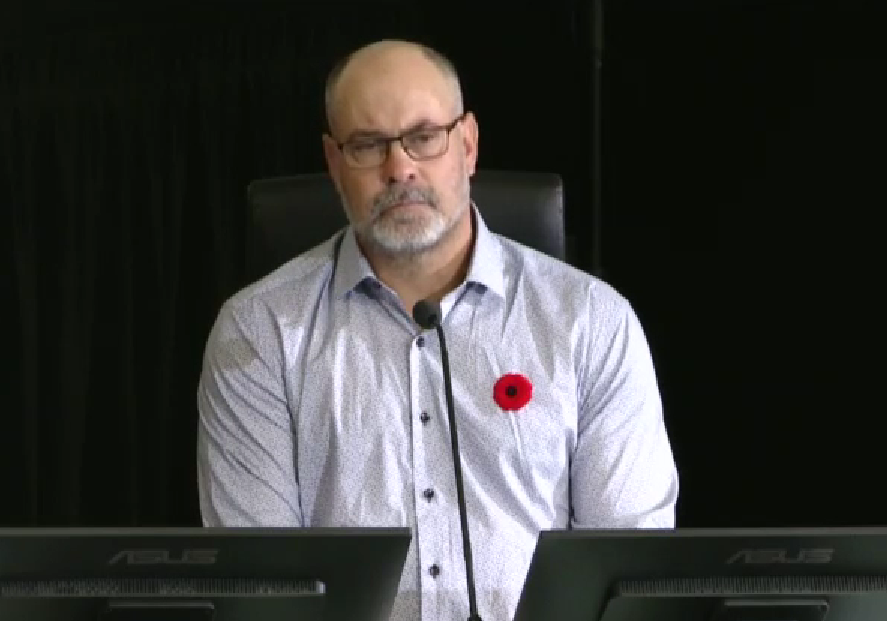From Grievance to Movement
In January 2022, a coalition of truck drivers and their supporters rolled into Ottawa, marking the beginning of what would be a pivotal moment in Canada’s socio-political landscape. Spearheaded by Chris Barber, a Saskatoon resident and trucker, the Freedom Convoy was birthed out of frustration over vaccine mandates and restrictions imposed during the pandemic. While the convoy initially focused on vaccine mandates for cross-border travel, it quickly evolved into a broader statement against government overreach.
Empathy at the Center
Yet, beyond the banners, trucks, and occasional clashes with law enforcement, the Freedom Convoy taps deep into the human experience. Many participants recount personal stories that fueled their passion for the cause. “This isn’t just about vaccines,” Barber stated during an interview. “It’s about our rights and freedoms as Canadians. People are scared and frustrated, and they want their voices to be heard.”
The Economic and Social Pulse
The Freedom Convoy garnered an astonishing amount of public interest. Initially met with skepticism, the movement transformed into a symbol of resistance for some and a source of anxiety for others. According to a poll conducted by Ipsos in February 2022, nearly 47% of Canadians expressed support for the protestors’ cause, highlighting a significant divide in national sentiment. Businesses in Ottawa experienced significant disruptions, leading to economic losses, while community members found themselves torn between sympathizing with the truckers’ cause and the impacts of the occupation.
Voices from the Ground
Social media played an instrumental role in amplifying the convoy’s message, allowing participants to share their personal stories and rally support. For many, platforms like Twitter and Facebook became a lifeline to express their frustrations and solidarity. Comments such as “We are tired of being sidelined; it’s time to stand for our rights,” echoed through feeds, solidifying the movement’s momentum. Yet, criticism rained down from anti-convoy factions, who argued that the protest undermined public health and safety.
A Community Divided
Ottawa residents found themselves entrenched in a complex battle of ideologies. For every supportive message, there was an equally vehement rejection of the convoy’s methods. The presence of trucks occupying downtown streets fostered a sense of unity among supporters but left many local residents feeling marginalized and frustrated. “I understand their grievances, but not at the cost of our city’s peace,” shared local shop owner Lisa Chen. “We’re caught in this conflict, and it’s hard to see how it’s helping anyone.”
A Lasting Legacy
As the convoy gradually waned, the questions surrounding its impact linger. Did it pave the way for a more open dialogue about individual rights in Canada, or did it deepen societal divides? Barber and other organizers may have sparked a movement, but whether it will lead to tangible changes in policy or public perception remains to be seen. The Freedom Convoy has ignited conversations about democracy, personal freedoms, and collective responsibility that will persist long after the last truck has rolled away.

